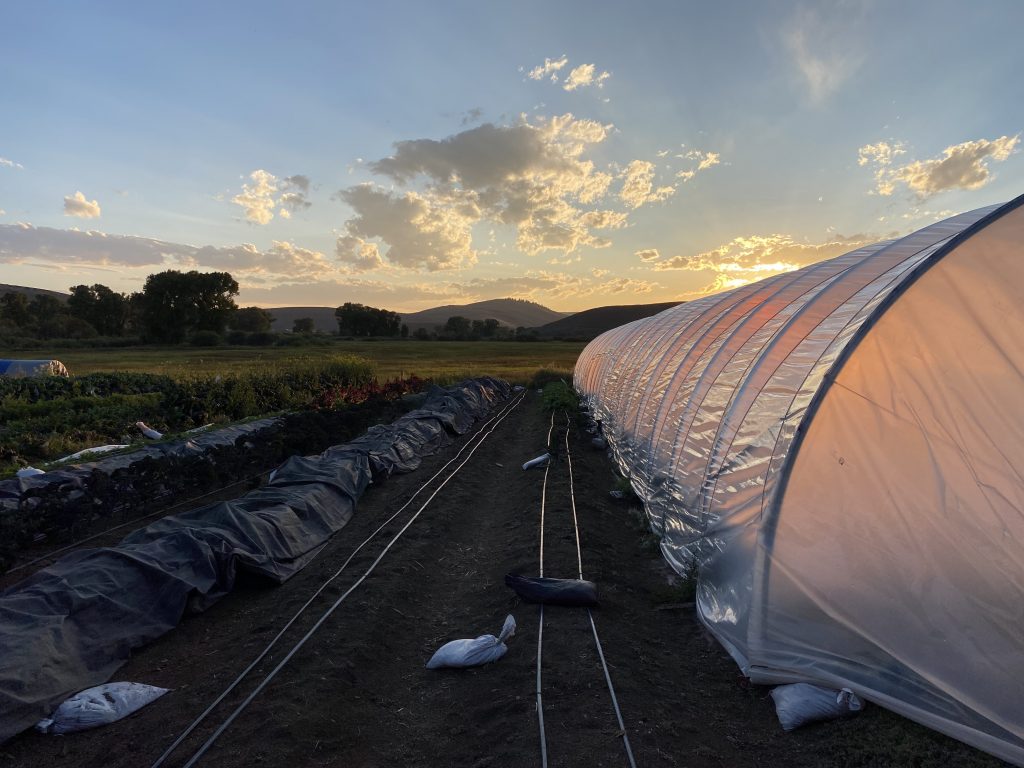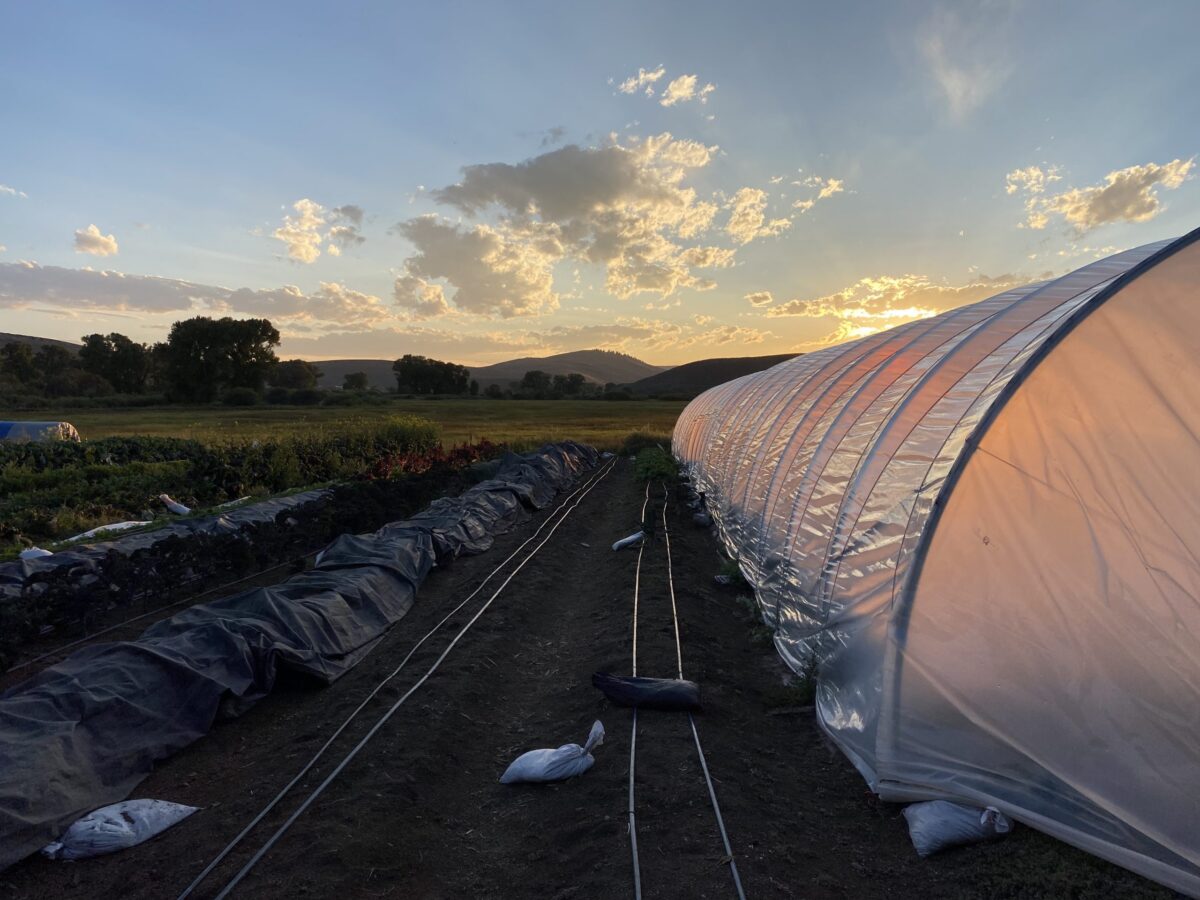The importance of sustainable agriculture and how to get involved in the Gunnison Valley
By Davis Clark

Editor’s note: This is the latter portion of a two-part piece from Master’s of Environmental Management student Davis Clark. Clark’s piece is the first in our Agricultural Perspective Series highlighting student experiences working in the agricultural sphere in and around the Gunnison Valley.
Although I’m still relatively new and inexperienced, or “green,” as one might say, in the field of agricultural work, I have gained a unique perspective having worked with farmers across a wide variety of landscapes and surrounding ecosystems. From southern Appalachia to sub-Saharan West Africa, to south Florida, and in the northern Rockies, I’ve seen, met, and worked alongside dedicated farmers and whether I agree with their methods or not, learned something from each of them.
What our country and world is facing is a crisis of unprecedented proportion. The scale of land and soil degradation is hard to fathom, and the impacts of agriculture across the world include an immense amount of soil loss and degradation, deforestation, water contamination, algal blooms and dead zones, air pollution, and loss of biodiversity to name just a few.
The book Dirt: The Erosion of Civilizations by David Montgomery is a call for attention to the terrifying issue of soil erosion from bad agricultural practices. The book left me fearing for the future of civilization for a number of weeks. It is without question that the world’s soils are being eroded away, and that in the U.S., the soils of the Midwest are being washed, blown, and plowed away at a rate that will only lead to infertility and unfarmable landscapes in just a couple generations. Although fear is an important attribute to call attention to the urgency of an issue, hope is equally an important trait to carry.

It is also true that many people know this and are doing something about it. Organizations like the Savory Institute, Holistic Management International (HMI), Green Cover, Coldharbour Institute, and many more, are working to regenerate our agricultural landscapes, to build soil, by utilizing techniques that promote diversity, improve resilience and drought resistance, and help the whole ecosystem thrive.
According to the USDA-National Resources Inventory (NRI), between 1982 and 2017, soil erosion rates decreased 35% from an average of 7.13 to 4.63 tons per acre per year. Although this is preferable to the nearly 20 tons per acre seen in the Dust Bowl of the 1930s, this is still an unsustainable rate when it takes around 500 years to build one inch of topsoil in the Midwest. We are mining the fertile soils of the world without a thought of how this critical resource will continue to be productive once we have plowed all the topsoil away.
We depend on the ability of the land to produce our food, and if people don’t manage the land properly, it will lose the ability to do so. It is up to all of us: farmers, ranchers, gardeners, and consumers to take care of the land, to promote soil health, to decrease our reliance on synthetic herbicides, pesticides, fertilizers and other harmful chemicals, and to cover our soils to prevent erosion! Without soil, there is no food, and without food, there is no civilization.

What I have seen in my travels and studies is a runaway broken food system. Our government incentivizes big industrial agriculture of monocrop fields, CAFOs (concentrated animal feeding operations), GMO seeds, the usage of synthetic fertilizers, pesticides, and herbicides, and plowing huge acreages with enormous and expensive equipment. In my view, our country needs to pass a Homestead Act 2.0, to incentivize and promote local, more sustainable agriculture.
This theoretical bill would break big farms up and distribute land to a new generation of young farmers who want to start their own small farm and work the land in a way that promotes soil health and regeneration, decreases reliance on synthetic amendments, increases biodiversity and crop varieties, improves drought resistance, and doesn’t depend upon highly mechanized, expensive farm machinery.
We have too few farmers utilizing far too much land to grow just a handful of commodity crops, like corn and soybeans. We need a more resilient system of farmers: younger, more diverse, less reliant on enormous federal subsidies and more connected to the local community. Farmers that are less contractually obligated to grow specific crops, so that this new wave of enterprises can actually turn a profit and make a living off of their work.
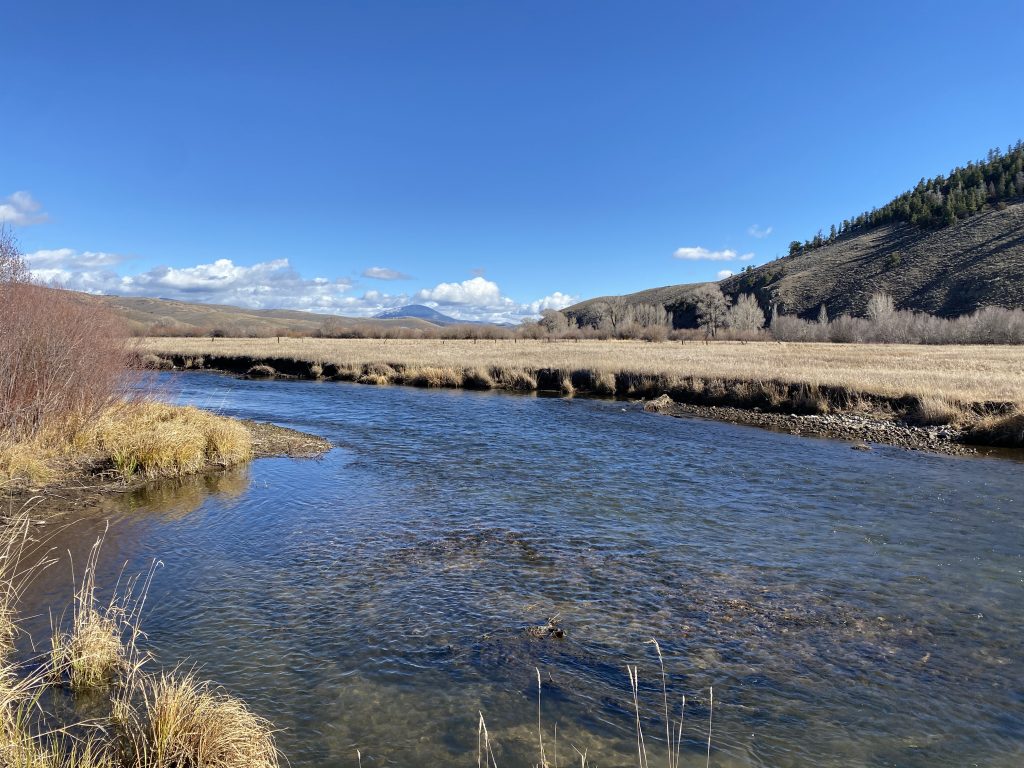
When large federal legislation like the Farm Bill provides incentives, insurance, subsidies, and contracts for commodity crops, it encourages the monoculture system that is reliant on harmful chemicals, and notably doesn’t encourage a diverse ecosystem that improves soil health or allow for alternative methods that serve to regenerate the land.
However, there are farmers out there who have managed to break this system. One example that I learned about at the Western Colorado Food and Farm Forum is Pfz farms, a dry-land regenerative farming operation in northeastern Colorado. Dry-land farming means that irrigation is not used, the operation relies solely on natural rainfall to water its crops.
This is a huge deal for any farms in the West, since most operations rely on large scale, expensive irrigation equipment. Pfz farms grows dry beans, millet, wheat, buckwheat and produces a wide variety of baking mixes, and honey from their beekeeping operation, in addition to meat and eggs from their chickens and other livestock.
Pfz sells direct to consumers, as well as to farmers markets and stores in Denver and on the front range. They turn a profit every year while improving their soil by rotating crops and leaving the soil covered in the offseason. While 2,000 acres is still a small slice of land in the world of commodities, Pfz has shown that farmers in the West can sustain themselves independent of federally subsidized commodity crops, all while improving their land.
I believe that amazing progress can be made on the local and regional level in the world of agricultural production. Supporting more community-based agriculture operations will reduce our footprint, increase our community resilience, and lead to food sovereignty, food justice, and a more resilient and sustainable food system.
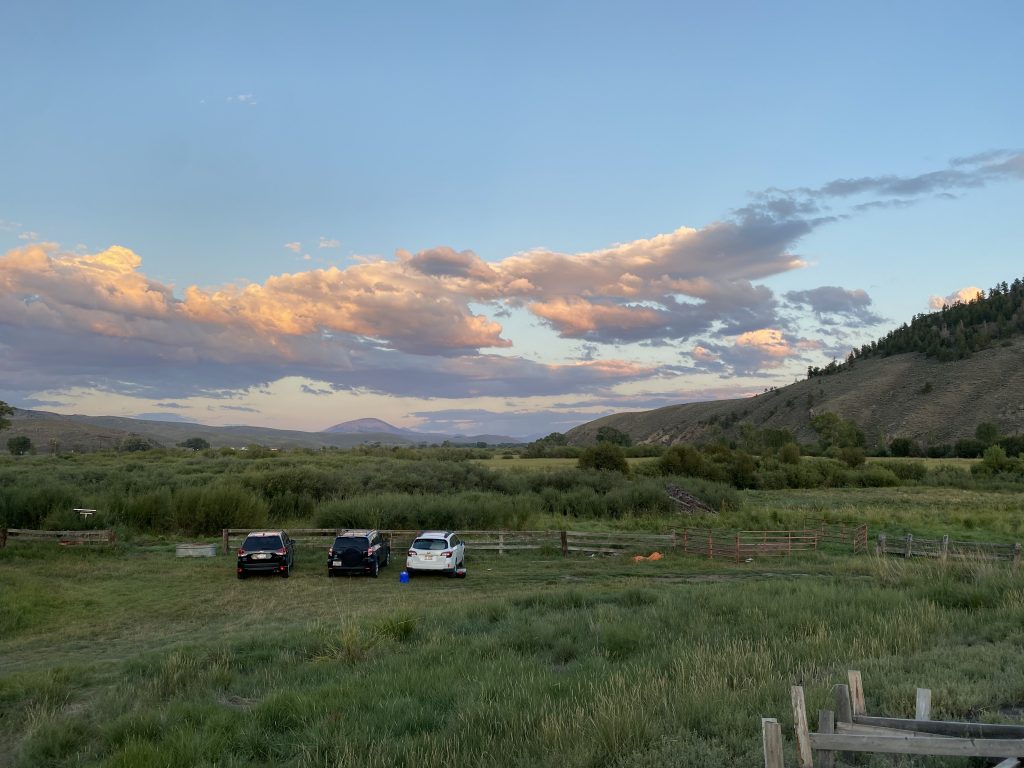
How students can get involved
After a whole ramble about the slew of issues I have seen in our agricultural system, you might be wondering how to get involved! Well fortunately for us, we live in an incredibly food-conscious community and that is something I am deeply grateful for. I am both amazed and inspired by the work that is done here in the Gunnison valley to produce high-quality, organic, and regenerative produce and meat.
Between Mountain Roots Food Project’s amazing work in food security, education, production, and community outreach, Gunnison Country Food Pantry’s efforts in local food assistance, and a myriad of excellent producers serving as shining examples in Calder Farms, Parker Pastures, Iola Valley Farm, Gunnison Gardens, and the multiple Mountain Roots community farms, the Gunnison Valley acts as a bustling hub and a model of a strong local community food network.
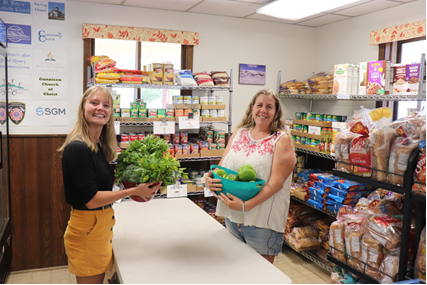
Additionally, Western’s Clark Family School of Environment and Sustainability (ENVS) program is launching a new Food Systems emphasis, and the Center for Cold Climate Food Security is in the process of getting a large, cold climate greenhouse built on campus to further student educational opportunities.
Internships with Western’s Organic Guild (OG) provide students with the opportunity to gain college credit while learning about gardening, composting, plants, farmer’s markets, and CSAs (community-supported agriculture, a system by which consumers can pay the farm ahead of time for a summer’s worth of produce, meat, and even flowers). Western also offers a summer course in Sustainable Agriculture and Food Production, run out of the Chipeta Garden on campus.
The Center for Cold Climate Food Security also just launched a new internship this semester, providing students with the opportunity to work with Gunnison Gardens and the Food Pantry, and to learn more about the production, distribution, and assistance programs in our local food system.
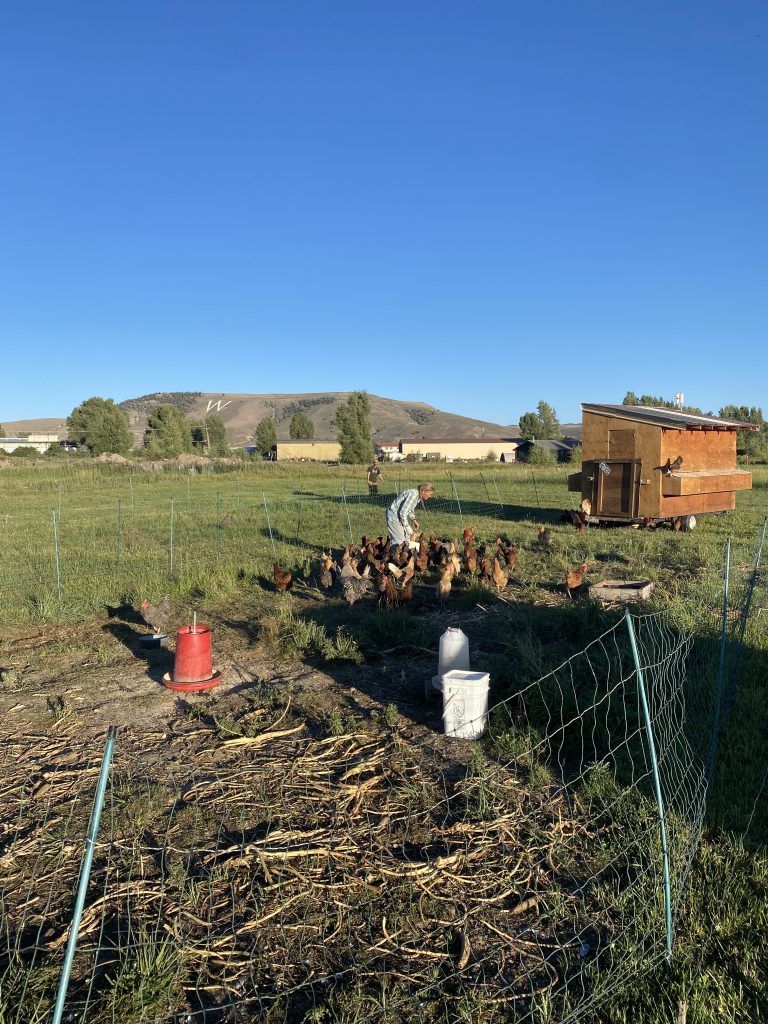
Growing food is tough work no matter where you live, but producers in cold climates such as Gunnison face even more challenges with shorter growing seasons, freezing temps even during the summer, arid soils, and an unfortunate reliance on shrinking seasonal snowpack.
Despite the challenges, the producers of the Gunnison Valley have proven that not only is it possible to grow quality, ethically raised and environmentally conscious food here, but that through doing so, we can improve our community, our land, our food system, and ourselves.
If you are interested in getting involved with the local food systems work taking place at Western or in the Gunnison community, you can contact me at davis.clark@western.edu
